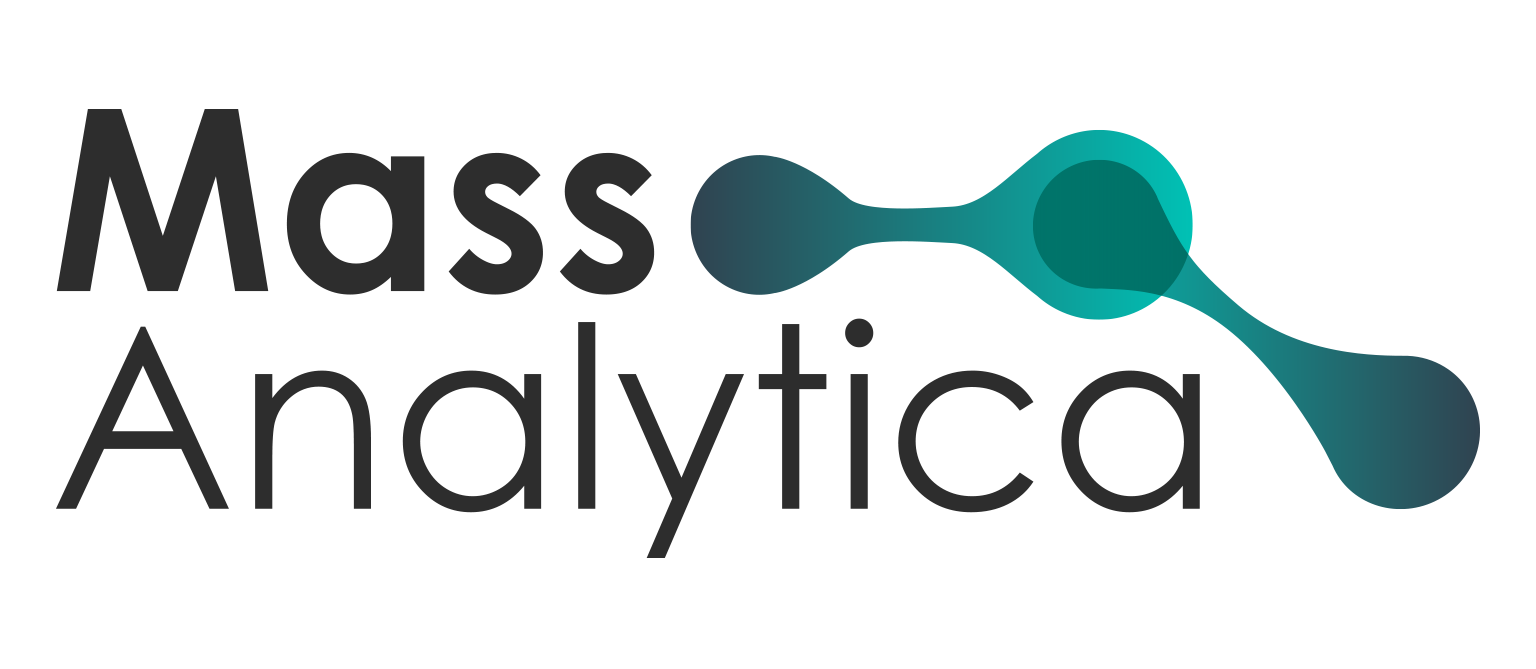Automated identification of potential pesticides residues in fruit samples using HRMS data
70th ASMS Conference on Mass Spectrometry. June 2022
Elisabeth Ortega1; Ismael Zamora1; Pol Giménez1; Luca Morettoni1; Roberto Romero-gonzalez2; Rosalía Lopez-Ruiz2; Antonia Garrido Frenich2
1Lead Molecular Design, S.L., Sant Cugat del Valles, Spain; 2Research Group ‘Analytical Chemistry of Contaminants’, Department of Chemistry and Physics, Research Centre for Agricultural and Food Biotechnology (BITAL), Agrifood Campus of International Excellence, University of Almeria, Almeria, Spain
Abstract
Introduction
In food safety and related fields, High Resolution Mass Spectrometry techniques applied for multiresidue analysis had become an alternative to the historical routine procedures involving triple quadrupole instruments. This evolution was mainly driven by the possibility to interrogate hundreds or thousands of compounds without a prior individual study of all of them. However, due to the big amount of information that can be generated during the data acquisition, the later data processing and data analysis steps can be quite time demanding. In this presentation we will show how this late step could be automized using Chemical Monitoring workflow included in MassChemSite 3.1.
Methods
For chromatographic analysis, Thermo Fisher Scientific Vanquish Flex Quaternary LC (Thermo Scientific Transcend™, Thermo Fisher Scientific, San Jose, CA, USA) was used. The chromatographic system is coupled to a hybrid mass spectrometer Q-Exactive Orbitrap Thermo Fisher Scientific (ExactiveTM, Thermo Fisher Scientific, Bremen, Germany) using an electrospray interface (ESI) (HESI-II, Thermo Fisher Scientific, San Jose, CA, USA) in positive-negative mode. ESI parameters were as follows: spray voltage, 4 kV; sheath gas (N2, 95%), 35 (adimensional); auxiliary gas (N2, 95%), 10 (adimensional); S-lens RF level, 50 (adimensional); heater temperature, 305 °C; and capillary temperature, 300 °C.
Data processing has been done using MassChemSite 3.1 (Molecular Discovery, Ltd. Borehamwood, UK). Data analysis was performed in ONIRO server (Molecular Discovery, Ltd. Borehamwood, UK).
Preliminary data
Strawberry, white grape and orange samples providing from Almeria (Spain) greenhouses were acquired in the University of Almería and processed using the Chemical Monitoring data workflow included in MassChemSite 3.1. Data was interrogated against an in-house pesticide database generated by literature search including up to 1500 different pesticides. From the total, up to 10 different pesticides were detected in all the samples in less than five minutes of data processing.
The identification step was performed using the MS and MSMS information: MS was used to detect the pesticide in the sample, while fragmentation information was used to finally elucidate the structure of the detected pesticide, by means of a computational fragmentation of the detected pesticide and a later assignation to the MSMS data provided by the instrument. The fitting among computed and experimental fragments is reported as “score” which can be used to discriminate among other structural isobaric compounds associated to the same chromatographic peak.
Data analysis and reporting were done in ONIRO server after an automatic uploading of the raw data. Later filtering steps were applied and tracked by the application for further inspection. Additionally, a final report was generated automatically once the experiment was reviewed. Data generated during the acquisition remained on the server for later use or further re-analysis.
You must be logged in to access this content. Not yet registered? Create a new account
